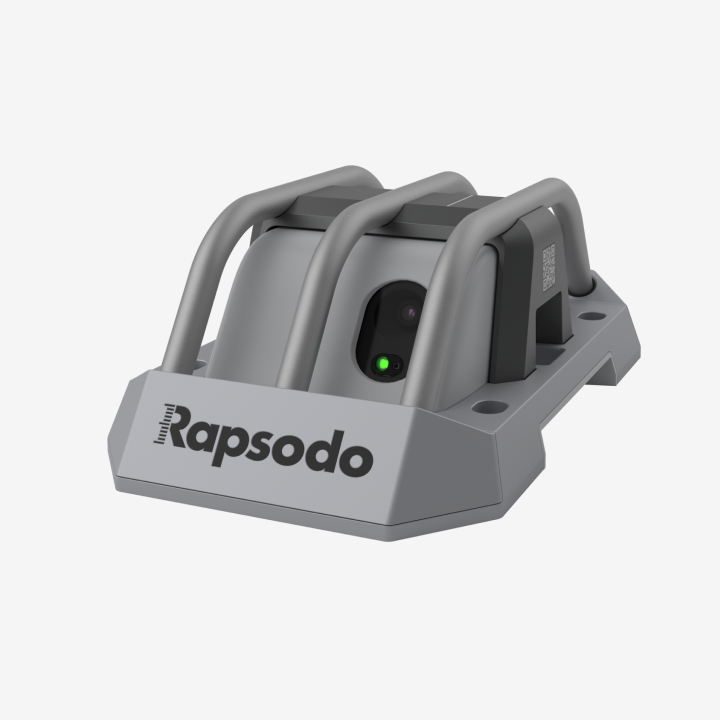For young pitchers, parents, and coaches, one question dominates early development:
“Am I throwing hard enough?”
But here’s a better one:
“Am I throwing smart enough?”
In today’s game, velocity is still a major factor. But thanks to tools like Rapsodo PRO 2.0, we now understand that how the ball leaves your hand—release angle, spin, and movement—matters just as much.
This blog dives into two key elements of effective pitching:
🔹 Throwing velocity
🔹 Release angle
…and how combining both leads to smarter, stronger development.
What’s “Hard Enough” for a Softball Pitcher?
Let’s start with the most common question.
Based on thousands of sessions tracked by Rapsodo Softball, here are the average fastball velocities by age:
| Age Group | Average Fastball Velocity | Elite Averages |
| 10 | 39 MPH | 43 MPH |
| 11 | 42 MPH | 46 MPH |
| 12 | 48 MPH | 53 MPH |
| 13 | 49 MPH | 56 MPH |
| 14 | 53 MPH | 58 MPH |
| 15 | 54 MPH | 60 MPH |
| 16 | 55 MPH | 62 MPH |
| 17 | 56 MPH | 65 MPH |
| 18 | 59 MPH | 68 MPH |
| College/Pro | 65 MPH | 74 MPH |
These numbers aren’t hard cutoffs. Pitchers develop at different rates—and performance isn’t solely based on how fast you can throw.
The most successful pitchers don’t just throw hard. They repeat their mechanics, generate movement, and know how to control their release.
What Is Release Angle—and Why Does It Matter?
Release angle is the vertical angle of the ball as it leaves the pitcher’s hand. It tells you how steep (or flat) the ball’s path is at the moment of release.
-
A steeper release angle typically creates sharper break—ideal for riseballs or dropballs.
-
A flatter angle might signal offspeed pitches or mechanical inconsistencies.
Pairing the right release angle with strong spin efficiency and solid velocity is how elite pitchers create movement that misses bats.

Rapsodo allows you to measure this angle on every pitch—then track how consistent it is across bullpens, pitch types, and fatigue levels.
The Link Between Velocity and Release Angle
Here’s what our data shows:
-
Pitchers who throw harder tend to generate steeper release angles, especially when using proper drive mechanics and posture.
-
A steeper angle usually means the ball is coming down into the zone—making it tougher for hitters to square up.
-
Pitchers who throw hard but lack control over their release angle often struggle with command or predictable movement.
Simply put: velocity is great—but only if it’s paired with a consistent, effective release.
What Coaches Should Be Watching For
Whether you’re coaching 12U or college-bound athletes, here are a few markers of strong development:
✅ Consistent velocity increase over time
✅ Repeatable mechanics and release angles across all pitch types
✅ Solid spin axis and efficiency (check your Rapsodo reports!)
✅ Minimal drop-off in performance late in bullpens or games
With Rapsodo Pitching 2.0, coaches can compare these metrics side-by-side—and build smarter bullpens focused on measurable progress.
Try This in Your Next Bullpen
Want to take a data-driven approach to pitching development? Set up a quick bullpen session like this:
- Warm-up + 10 fastballs at full intensity
- Record velocity, spin rate, and release angle
- Repeat for rise ball or changeup
- Compare release angles—are they consistent or tipping pitch types?
Then repeat this session 2–3 weeks later and measure improvement.
Use Rapsodo Cloud to compare trends, download reports, and share with athletes or parents.
Final Takeaway: Throw Hard. Throw Smart. Throw With a Plan.
Pitching development in softball has come a long way. With the right tools, pitchers can go beyond just chasing miles per hour—they can own their mechanics, understand their metrics, and build repeatable success.
Velocity opens the door.
Release angle sharpens your tools.
Consistency keeps you on the mound.
Let Rapsodo help you track all three.
Email sales@rapsodo.com or visit our website to learn more about PRO 2.0 Softball's ball flight tracking technology.











